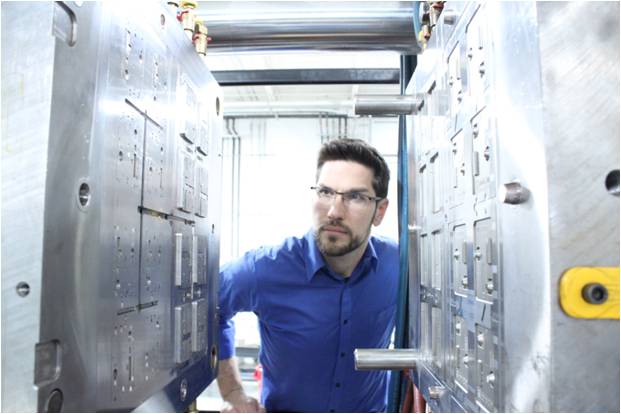Scientific Injection Molding
Scientific molding offers a scientific approach to the development of the process for a new mold.
Every time a new mold goes into a new machine, a process engineer defines the process for that mold and machine combination. An existing mold in a new machine requires a new set of machine inputs that create the injection molding process parameters.
In conventional molding, the technician defines machine inputs based on feel and intuition. He searches for one process that “works” in that moment, even if there might be a better or faster process. But what happens when that one process doesn’t work anymore? The technician plays with the machine parameters until finding another process that “works.”
This approach bears long-term risks and increase costs. Scientific molding replaces this guesswork with evidence-based science.
What is Scientific Molding?
Scientific molding establishes the injection molding process from the perspective of the plastic.
The process engineer identifies the injection molding process parameter settings based on real-time evidence of how the resin reacts to the injection molding process. Natech designs the process by breaking it down into thoughtful, consecutive steps, regardless of mold design or raw material choice. It’s crucial to consider:
- Shear heating effects on the resin
- Material viscosity effects
- Post-molding shrinkage time
The Natech team applies scientific molding in a three-phase approach to process development. When this process is used for medical molding, phases 1 and 2 make up the OQ of IQ/OQ/PQ, and phase 3 makes up PQ.
PHASE 1: Process Development
The process engineer sequentially defines key variables such as:
- Injection speed
- Associated fill time
- Gate seal time
- Aesthetic hold pressure window
If the mold is a multi-cavity mold, the degree of cavity balance is also assessed and rebalanced during this phase to maximize cavity-to-cavity output uniformity before the process is fully established.
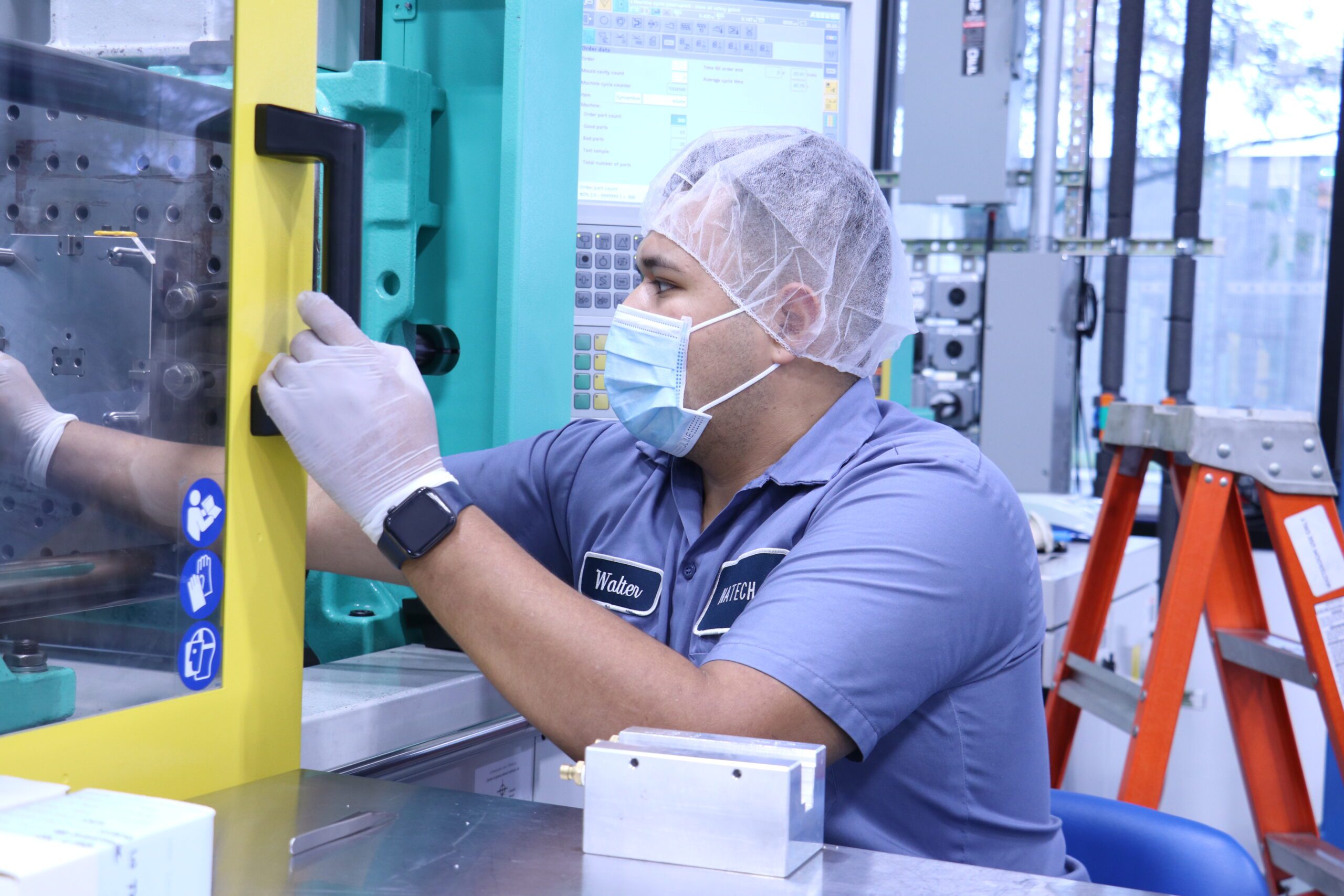
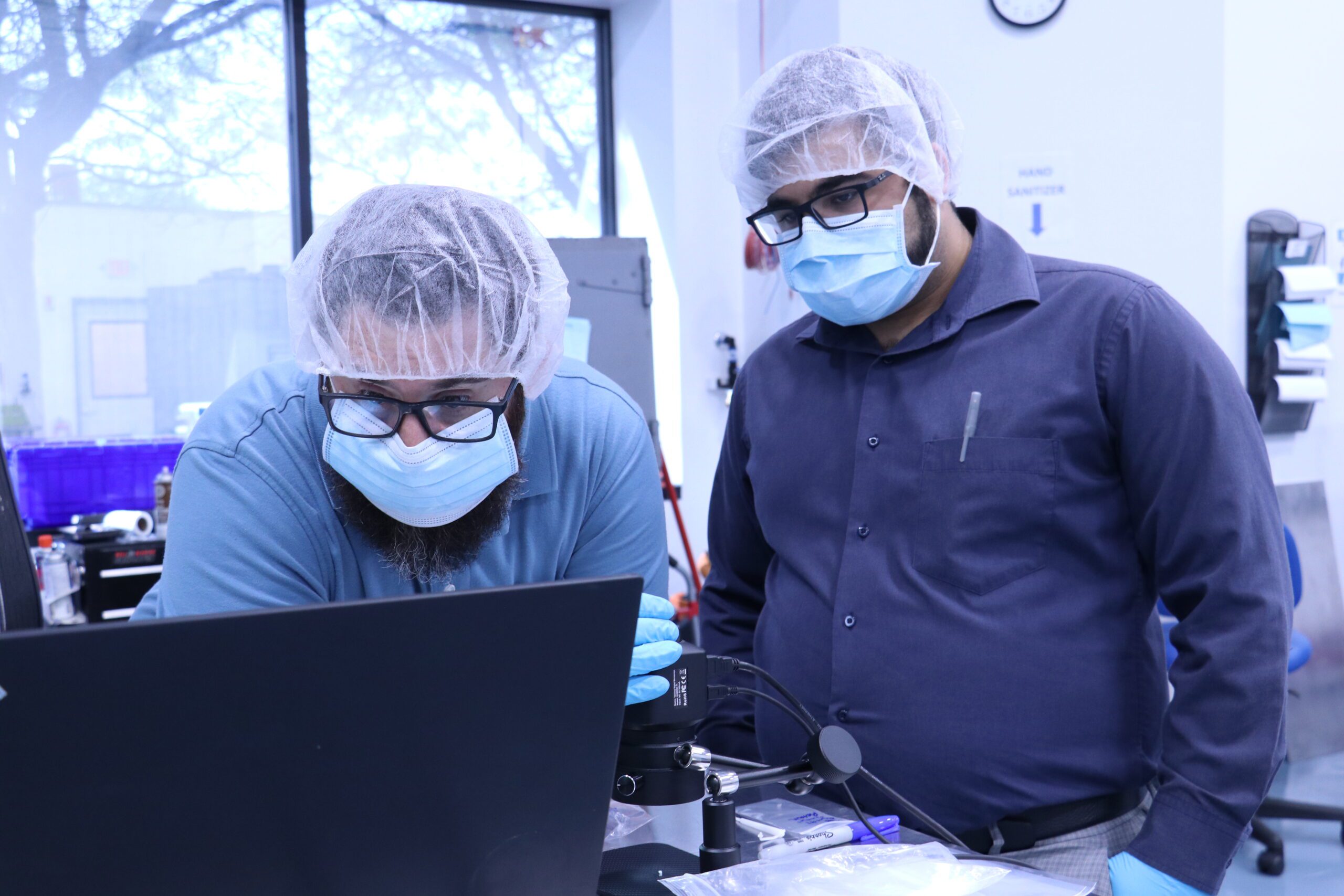
PHASE 2: Process Optimization
Phase 2 focuses on performing a Design of Experiments (DOE), where up to four key scientific molding variables are purposefully varied to gage how impactful each variable is on the final output from the mold. After identifying the optimal set of parameters, a preliminary capability study pre-asses 30 consecutive shots for scientific molding process stability.
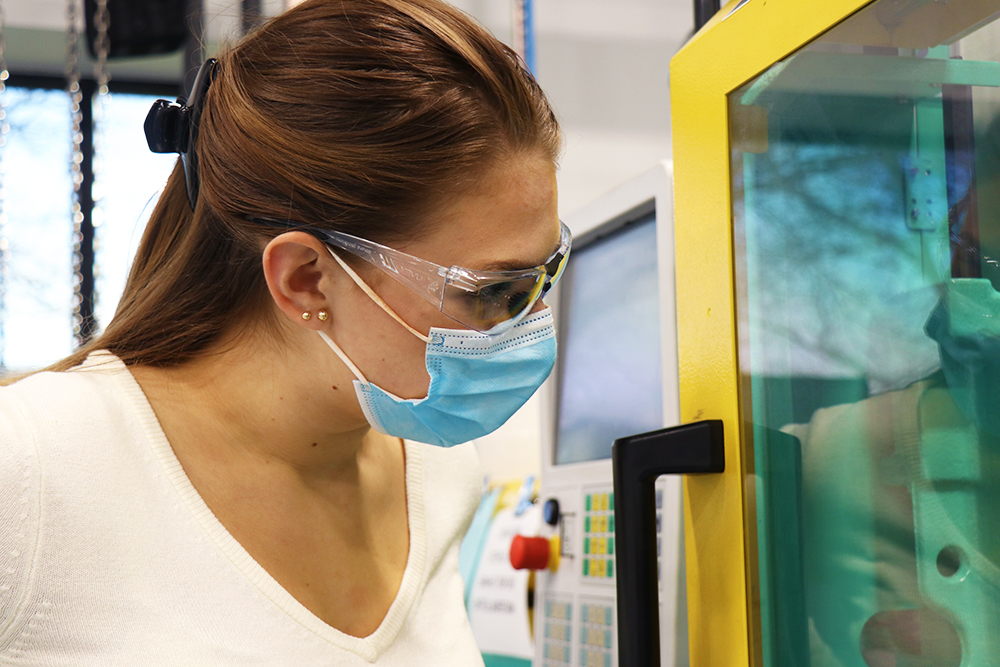

PHASE 3: Process Stability
Phase 3 creates three discrete, 2-hour lots of production-ready, molded parts. Each lot utilizes a different lot of raw material when available. A 30-minute cool-down period separates each lot.
The discrete lots with varying material lots simulate what the scientific molding process may experience over the course of its production lifetime – variation. This process accommodates for known variation throughout production, such as minor differences in material lot viscosity, ambient room temperature, etc. If the process cannot accommodate the variation, the scientific molding process development and optimization steps need further review.
The end of Phase 3 analyzes thirty shots that were pulled at equally-spaced time intervals throughout all three runs. A full capability study analyzes the critical control dimensions to verify the performance of the process.

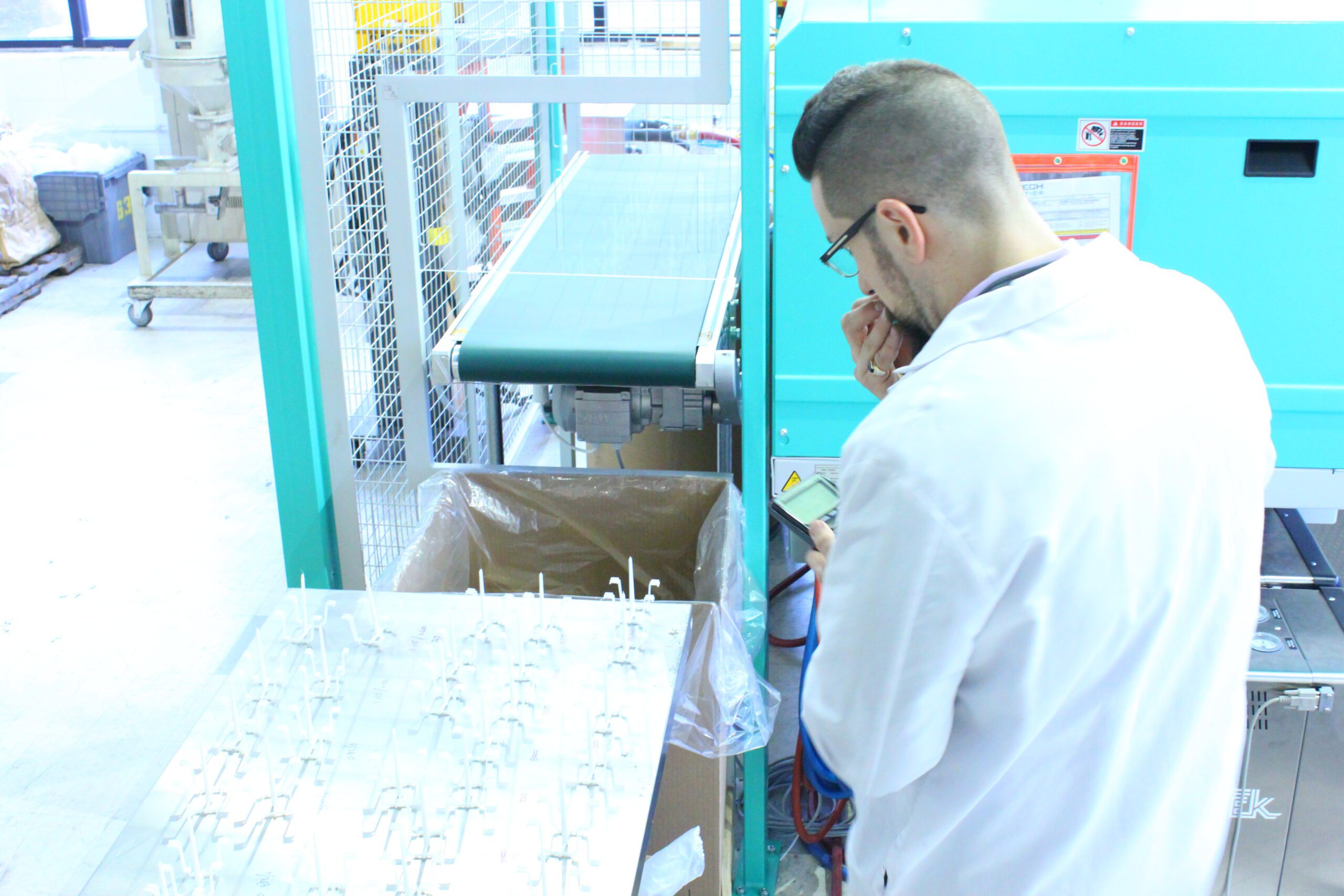
Establishing only a single process that “works” at a point in time might seem quick and easy in the moment, but it can be slow and costly down the line.
The technical approach of scientific molding establishes a clearly defined and scientifically proven processing window. This optimizes the injection molding process to simultaneously improve quality, speed, and cost.
To speak to a Natech engineer about your program, schedule a time to meet with an engineer.



